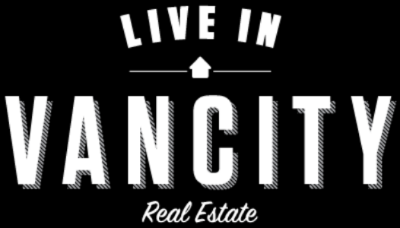Good
1. Kitchens. Updating a tired old kitchen is one of the wisest methods, and a tried and true one, of increasing the value of your home. When planning a kitchen remodel, and making design decisions and selections for plumbing fixtures, appliances, cabinets and countertop materials, you should determine whether you are prioritizing your own design aesthetic or the return on your investment.
Either priority is perfectly acceptable, but you should understand which is your priority, or strike a balance between the two that you can feel good about.
2. Adding living space. A straightforward addition of a new living room space is typically a very good investment.
Newly added square footage equals increases your home’s value. There are certain costs that will be associated with your addition regardless of the size. New square footage will require the demolition of existing exterior walls, a new foundation, a new roof, new exterior siding and probably new windows. Square footage that can be used is value added.
3. Curb appeal. You have heard not to judge a book by its cover, but smart money recognizes the cover’s value. Your front elevation is more than just a first impression. It’s the only impression available to just about all of your home’s potential buyers.
Simply cleaning out overgrown brush and making a few new planting additions to your landscape can go a long way toward improving curb appeal at a very low cost.
Repainting is another low-cost, high-impact improvement. Costlier changes such as changing out old windows or an aged entry door are things that potential buyers will notice and value. Even more extensive front-elevation remodels, such as added dormers and front porches, can prove wise from an investment standpoint.
4. Master suites. Sorry, kids. Home buying decisions are in the hands of adults, and grown ups care about the environment where they sleep. Updating a master bedroom or remodeling and adding a new master suite is money well spent. The buyers will picture themselves living in their private space, and it’s of quantitative value when they like what they see.
5. Bathrooms. Home buyers notice bathrooms, and although all the bathrooms are important, a priority should be placed on the powder room and master bath, followed by a guest bathroom and any other secondary baths (the kids don’t need to know).
Cosmetic changes are safer from an investment standpoint than modifications involving changed layouts or minor additions, which can result in inefficient expenses.
Bad
1. Kids’ spaces. No, this is not straight from the Grinch himself. Yes, if your kids have a climbing wall, the fantastic addition will probably lead to hours of fun, increased strength and perhaps even a sense of accomplishment for your kids. It’s a fine idea, and like a pool slide, might even be a childhood dream come true.
But there is no assurance your home buyer will feel the same way. That rock climbing wall, which my own kids would flock to, might actually represent a negative value to a buyer who sees this space as his man cave.
2. Pools. Backyard pools are loved by millions, and while this appreciation is well founded, they should be constructed for their many virtues that are not investment related. A pool might increase the value of your home but is unlikely to pay for itself, as some buyers will perceive the pool as a negative maintenance expense.
3. Wine rooms. Some of the coolest remodels are the least savvy from an investment perspective. Unless your buyer is a huge wine person you can alienate potential buyers.
Original designs rarely appeal to everyone, so when adding spaces to a home you know you will sell, consider how personal it is and if others will feel as strongly as you do. Adding a built in wine rack is a lot less costly solution.
4. Removing features. Do not remove features for investment reasons. If you never use the fireplace in your basement, removing it might make perfect sense to you and your family. Just make sure you understand that the next homeowner might wish it were still there, and the money you spent demolishing the fireplace and reworking the space will not be reclaimed.
5. Minor additions. Adding a few square feet... The reason is simple. If you bump out a bedroom wall by a few feet, you might make that bedroom much more comfortable. That benefit alone might make it worthwhile in your circumstance. But the cost of all the added elements, including foundation, roof, framing and drywall, will result in only a small gain in square footage.
Say your 2,400-square-foot, three-bedroom home becomes a three-bedroom home with 2,440 square feet. It’ll be unlikely that you’ll recover the cost of the addition.
Just think about it.


